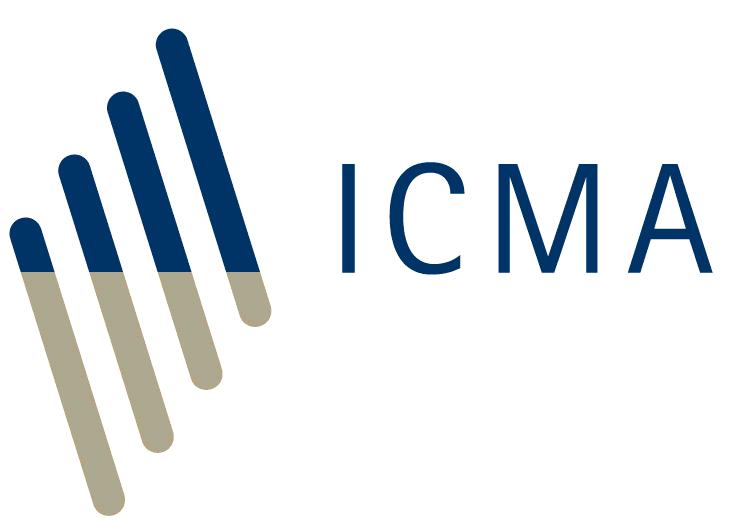This question has been prompted by incidents such as Lehman Brothers’ ‘Repo 105’ or MF Global’s use of repo-to-maturity. In both cases, assets sold in repos were accounted for as disposals and removed (temporarily) from the balance sheets of the sellers. This disguised their true leverage. However, in both cases, this accounting treatment made use of provisions specific to US Generally Accepted Accounting Principles (GAAP). These options have since been closed.
In Europe, such accounting options have never been available and repo must be accounted for in the standard way. This follows the principle that balance sheets are intended to measure the economic substance (the value and risk of a company) not the legal form in which it has structured its transactions. In a repo, as the seller commits to repurchase the collateral at its original price plus repo interest, he retains the risk and return on that collateral. Accordingly, the collateral remains on the balance sheet of the seller, even though he has sold legal title to the collateral to the buyer. The logic of this accounting treatment is confirmed by the consequence that, because the cash paid for the collateral is added as an asset to the seller’s balance sheet (balanced on the liability side by the repayment due to the buyer at maturity), this will expand, thereby signalling that that seller has increased his leverage by borrowing. In order to make it clear to the reader of a balance sheet which assets have been sold in repos, the International Financial Reporting Standards (IFRS) require that securities out on repo are reclassified on the balance sheet from ‘investments’ to ‘collateral’ and are balanced by a specific ‘collateralised borrowing’ liability.
Back to Frequently Asked Questions on Repo contents page
<<< Previous page Next page >>>







